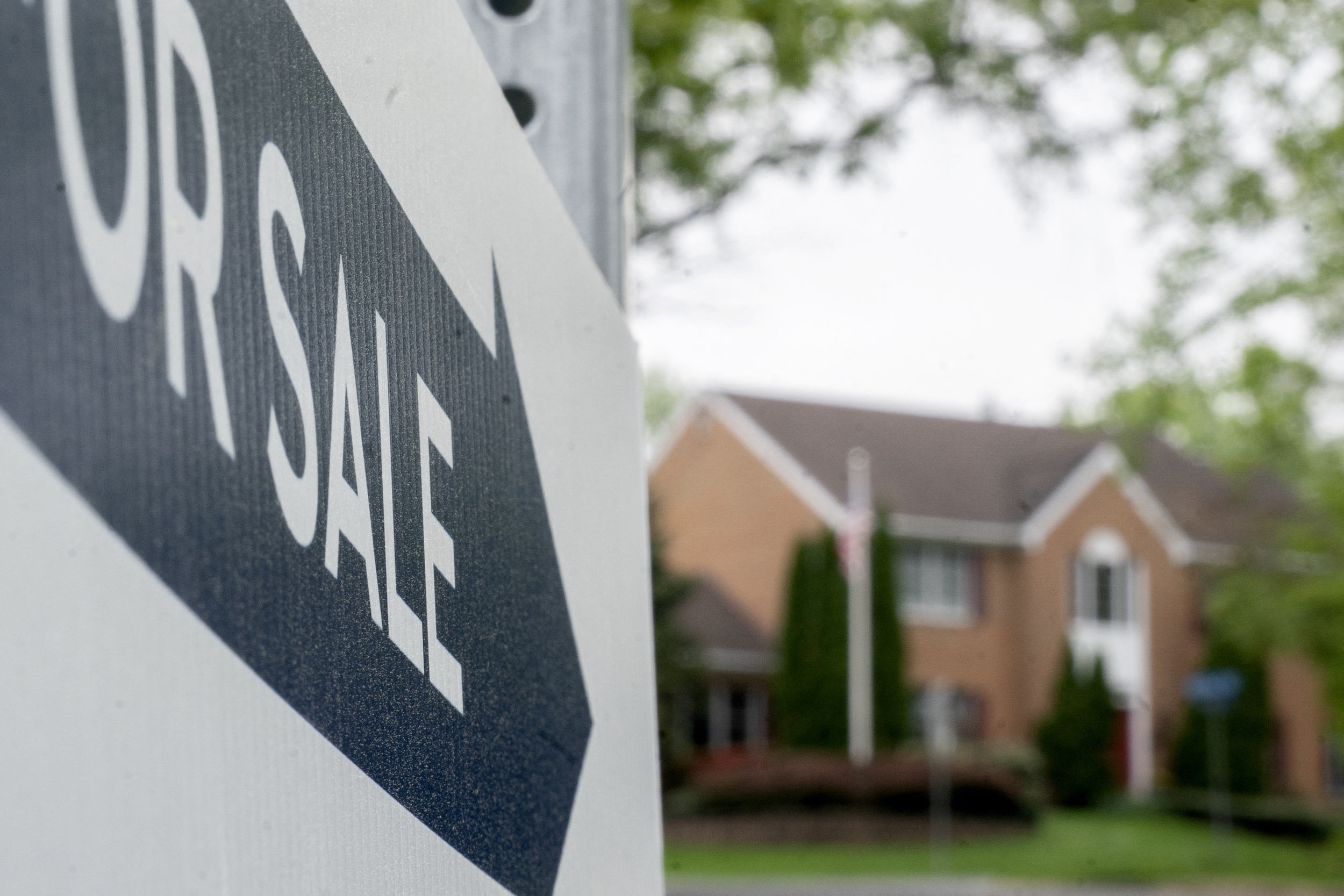Of all the current divides in American society, among the most far-reaching and historically significant is also the least discussed: the gap between the primary measure by which we officially gauge the health of the American economy— gross domestic product (GDP)—and the way in which Americans (and their counterparts across democratic nations) more intuitively measure it, via the purchasing power of our household budgets and savings. This widening gulf not only underscores our inadequate grasp of the most powerful predictor of elections in the U.S.
and overseas , but also underlies the growing obstacles to legitimacy and effectiveness for democracies throughout the world. The ruling elites and the governed are speaking different dialects regarding economic well-being, a Great Disconnect that crosses lines of party, culture, demographics, ideology, geography, and tradition across the globe. Consistently over the past decade in the U.
S., recurring crops of articles reaffirm how unequivocally strong the American economy is, based largely on rip-roaring GDP growth and the stock market, while puzzling over Americans' much gloomier take in surveys. This gap has frequently become a chasm, particularly since the COVID-19 pandemic , ensuing from a divergence between the longstanding GDP-focused assessments and the "lived economy" Americans experience.
In this lived economy, GDP and macroeconomic growth are relative abstractions that often fail to capture an unsettling development:.


















